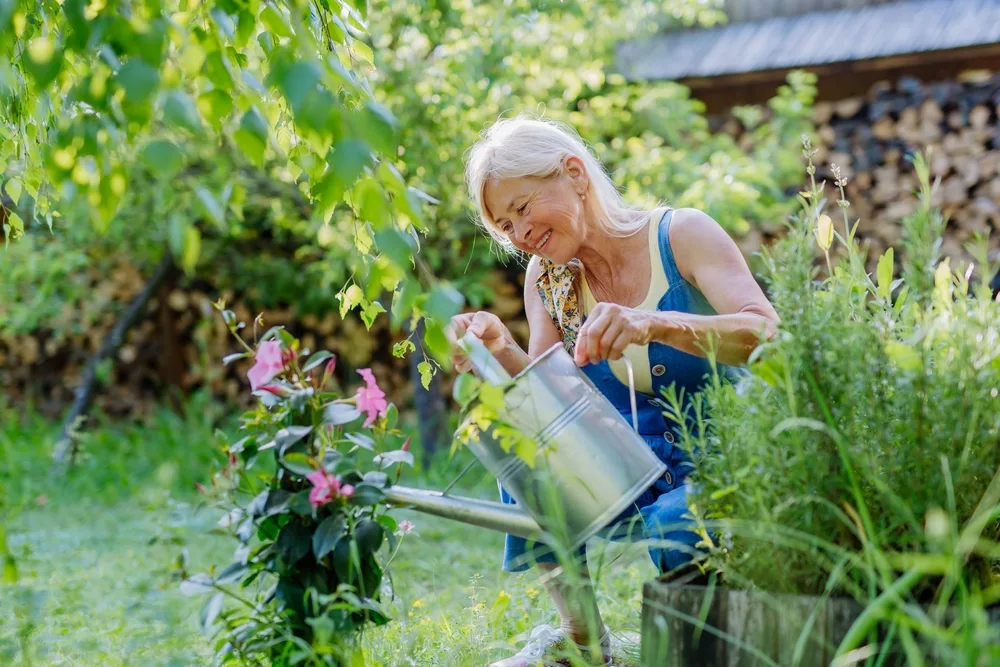Gardening is an art passed down through generations, with age-old wisdom guiding our gardening habits. One persistent debate is whether it’s better to water plants in the sunlight or in the shade.
Many of us grew up believing that the timing of watering doesn’t matter as long as plants get their essential H2O.

However, gardening enthusiasts and experienced green thumbs, like my mother-in-law, argue that watering plants in the sun versus the shade can have significant impacts.
So, who’s right in this debate—my casual watering approach or my mother-in-law’s strict guidelines?
Timing and Its Effects on Watering
1. Morning Watering:
Watering plants in the morning allows water to penetrate deeply into the soil, reaching the roots with minimal evaporation. This gives plants ample time to absorb moisture before the midday sun increases evaporation.
2. Midday Watering:
Watering at noon leads to significant water loss due to evaporation. Water droplets on leaves can also act as magnifying glasses, potentially burning the foliage under the strong sun.
3. Evening Watering:
Evening watering reduces evaporation loss, but water can remain on the plants overnight. This prolonged dampness can foster fungal diseases and other pathogens.
Evaluating My Mother-in-Law’s Argument
- Harm from Sunlit Watering:
She argues that watering in full sun can harm plants since water droplets can magnify sunlight and cause leaf burn. This is indeed a valid concern. - Benefits of Shade Watering:
Watering in the shade, especially in the morning or late afternoon, allows plants to use water more efficiently without the stress of intense midday heat. - Consistency:
She stresses that a regular watering schedule helps build a strong root system. Consistent watering under the right conditions promotes healthy growth and plant resilience.
Additional Reasons for Shade Watering
- Steady Moisture Levels:
Watering in the shade during cooler parts of the day maintains even soil moisture levels, preventing the stress that can occur from rapid soil drying in direct sunlight. - Reduced Disease Risk:
Shade watering lowers the risk of waterborne diseases because water doesn’t sit on foliage for long periods, as it would during cooler, less sunny times. - Better Absorption:
Water can penetrate deeply into the soil without excessive surface evaporation, ensuring that plants get water where they need it most—at their roots.
Conclusion
Despite my previous relaxed approach to watering times, I must acknowledge that my mother-in-law, backed by horticultural best practices, has a valid point.
Timing and lighting conditions are crucial for effective watering and plant health. It’s not just about providing water; it’s about nurturing plants to support their growth and vitality.
In summary, while precise watering times might seem trivial to casual gardeners, substantial evidence supports avoiding midday sun watering.
Embracing shade for watering not only shows care but is also scientifically supported. If you’re not already practicing strategic shade watering, your plants might wish you to follow your mother-in-law’s wise advice.
